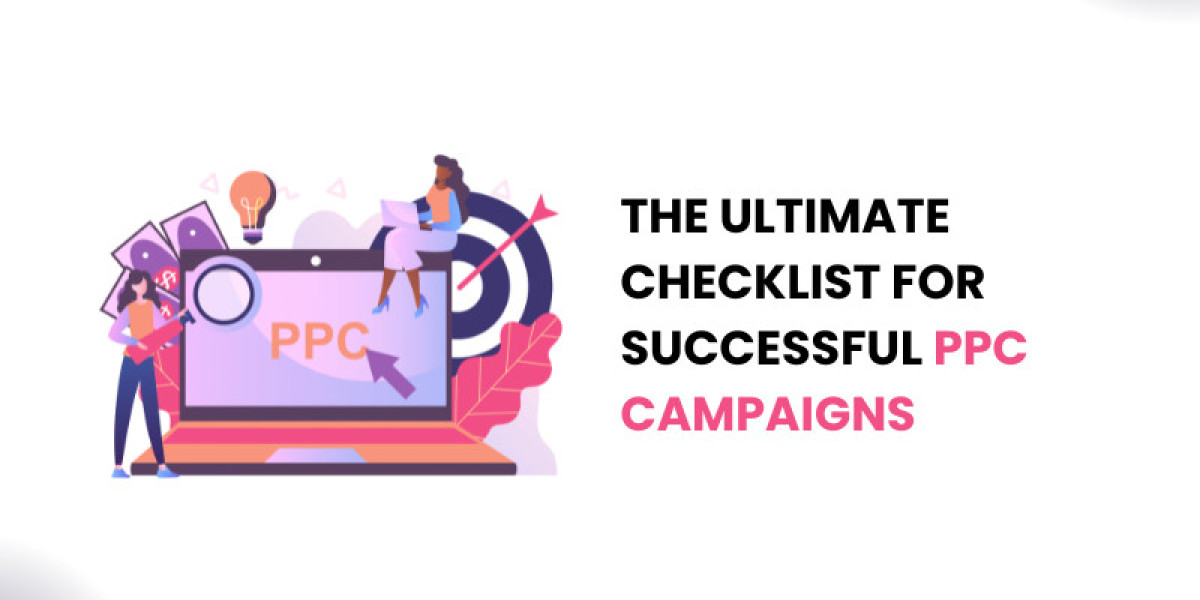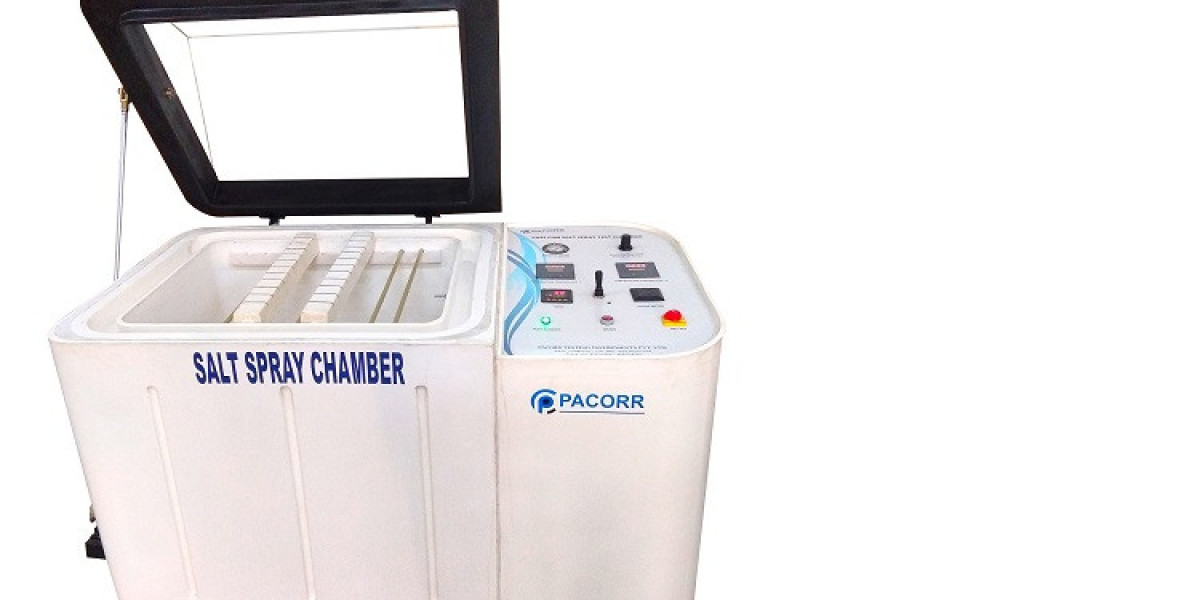Pay-Per-Click (PPC) advertising is one of the most effective ways to drive traffic to your website and generate leads. However, creating a successful PPC campaign requires careful planning and execution. This ultimate checklist will guide you through the essential steps to ensure your PPC campaigns are successful.
Understanding PPC Basics
What is PPC?
PPC stands for Pay-Per-Click, a model of internet marketing where advertisers pay a fee each time one of their ads is clicked. It's a way of buying visits to your site rather than attempting to earn those visits organically.
Importance of PPC
PPC allows businesses to reach their target audience quickly and efficiently. Unlike organic methods, PPC can generate immediate results and can be highly targeted, making it a valuable tool for marketers.
Setting Clear Goals
Define Your Objectives
Before you start, you need to clearly define what you want to achieve with your PPC campaign. Your goals might include:
- Increasing website traffic
- Generating leads
- Boosting sales
- Promoting brand awareness
Measure Success
Determine how you will measure the success of your campaign. Common metrics include:
- Click-Through Rate (CTR)
- Conversion Rate
- Cost Per Click (CPC)
- Return on Ad Spend (ROAS)
Budget Planning
Setting a Budget
Decide how much you are willing to spend on your PPC campaigns. Your budget should be based on your goals, the cost of your keywords, and your expected ROI.
Allocate Funds Wisely
Distribute your budget across different campaigns and ad groups based on their importance and expected performance.
Keyword Research
Identify Relevant Keywords
Conduct thorough keyword research to find the most relevant and cost-effective keywords for your campaign. Tools like Google Keyword Planner, SEMrush, and Ahrefs can help.
Focus on Long-Tail Keywords
Long-tail keywords are less competitive and more specific, which can result in higher conversion rates.
Creating Compelling Ads
Write Attention-Grabbing Headlines
Your ad headline is the first thing users see, so make it catchy and relevant to your target audience.
Craft Engaging Ad Copy
Your ad copy should be clear, concise, and include a strong call-to-action (CTA). Highlight the benefits of your product or service.
Use Ad Extensions
Ad extensions provide additional information and can improve your ad’s visibility and CTR. Common extensions include site link extensions, call extensions, and location extensions.
Designing Effective Landing Pages
Ensure Relevance
Your landing page should be directly related to your ad and provide the information or offer promised in the ad copy.
Optimize for Conversions
Include clear CTAs, minimize distractions, and make it easy for visitors to take the desired action. Use A/B testing to find the most effective design and layout.
Mobile Optimization
Ensure your landing pages are mobile-friendly, as a significant portion of traffic comes from mobile devices.
Setting Up Campaigns
Organize Campaigns and Ad Groups
Organize your campaigns and ad groups based on your products, services, or target audiences. This structure helps in managing your campaigns effectively.
Geographic and Demographic Targeting
Use geographic and demographic targeting to reach your ideal audience. You can set parameters for location, age, gender, and more.
Set Bidding Strategies
Choose a bidding strategy that aligns with your campaign goals. Options include manual CPC, automated bidding, and enhanced CPC.
Monitoring and Optimization
Track Performance
Use tools like Google Analytics and your PPC platform’s reporting features to track the performance of your campaigns. Monitor key metrics like CTR, conversion rate, and CPC.
Optimize Ad Copy and Keywords
Regularly review and optimize your ad copy and keywords to improve performance. Pause or adjust underperforming ads and keywords.
A/B Testing
Continuously run A/B tests to find the best performing elements of your ads and landing pages. Test different headlines, ad copies, CTAs, and landing page designs.
Negative Keywords
Identify Negative Keywords
Negative keywords prevent your ads from showing up in irrelevant searches, saving you money and improving your ROI.
Regular Updates
Regularly update your negative keyword list based on search query reports and campaign performance.
Leveraging Advanced Strategies
Remarketing
Remarketing allows you to target users who have previously visited your website but did not convert. This can increase your conversion rate and ROI.
Dynamic Search Ads
Dynamic Search Ads automatically generate ads based on the content of your website, helping you capture more search queries and increase your reach.
Ad Scheduling
Set your ads to run at specific times of the day or week when your target audience is most active, maximizing your budget efficiency.
Utilizing Analytics
Set Up Conversion Tracking
Implement conversion tracking to measure the success of your PPC campaigns. This helps you understand which ads and keywords are driving conversions.
Analyze Data
Regularly analyze your campaign data to identify trends, strengths, and weaknesses. Use this information to make informed decisions and improve your campaigns.
Adjust Strategies
Based on your analysis, adjust your bidding strategies, ad placements, and other campaign elements to optimize performance.
Staying Updated with Trends
Follow Industry Blogs and Forums
Stay informed about the latest trends and changes in the PPC industry by following reputable blogs, forums, and industry experts.
Attend Webinars and Conferences
Participate in webinars and conferences to learn about new strategies, tools, and best practices from industry leaders.
Continuous Learning
Invest in continuous learning to keep your skills and knowledge up-to-date. This will help you stay ahead of the competition and maintain successful PPC campaigns.
Conclusion
Creating a successful PPC campaign involves careful planning, execution, and continuous optimization. By following this ultimate checklist, you can set clear goals, conduct thorough research, create compelling ads, design effective landing pages, and monitor your performance to achieve your desired results. Remember, staying updated with the latest trends and leveraging advanced strategies can give you a competitive edge in the ever-evolving world of PPC advertising.
When implementing these strategies, consider seeking assistance from professionals offering affordable PPC management services to maximize your campaign’s potential and ROI.



